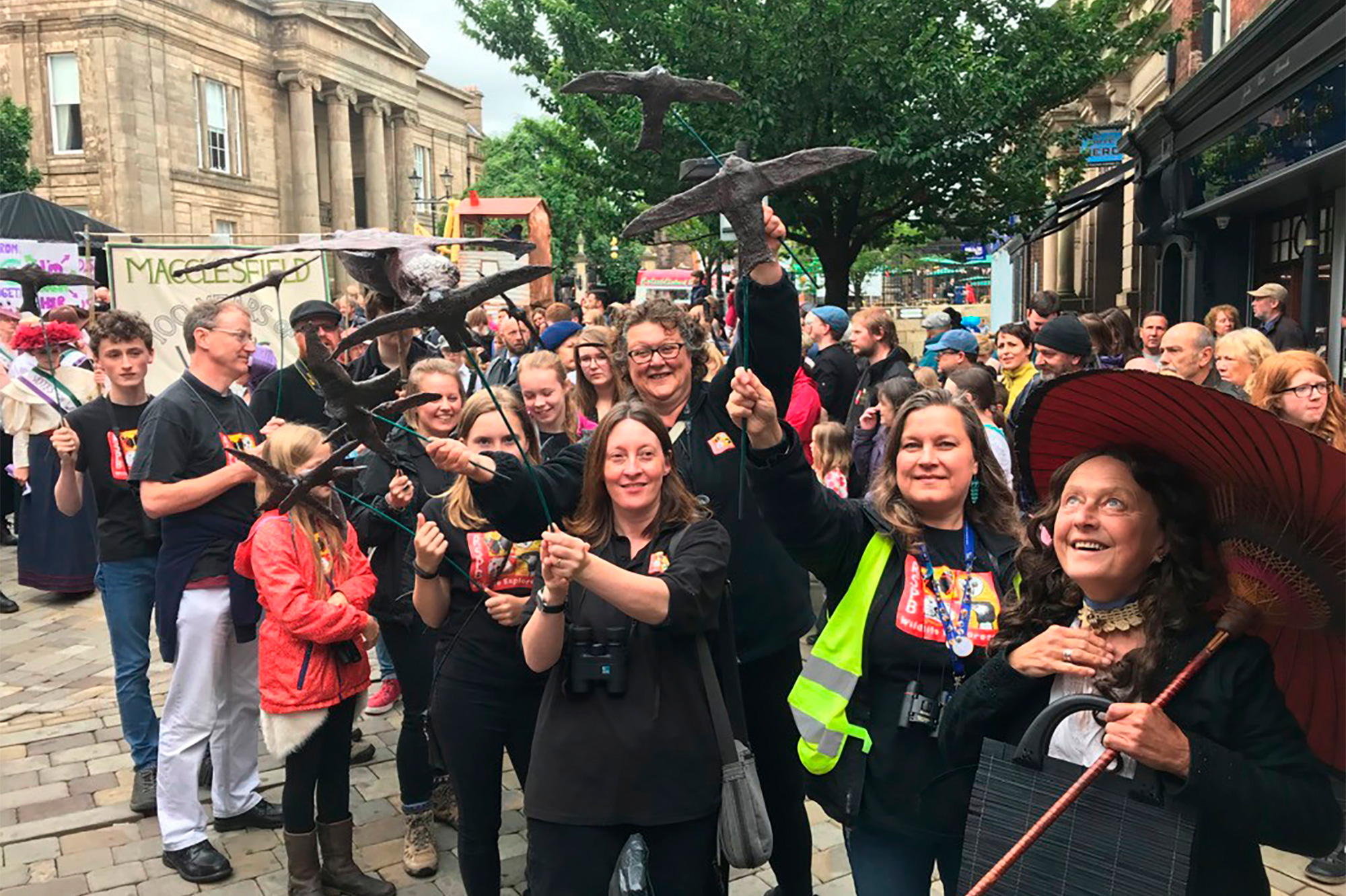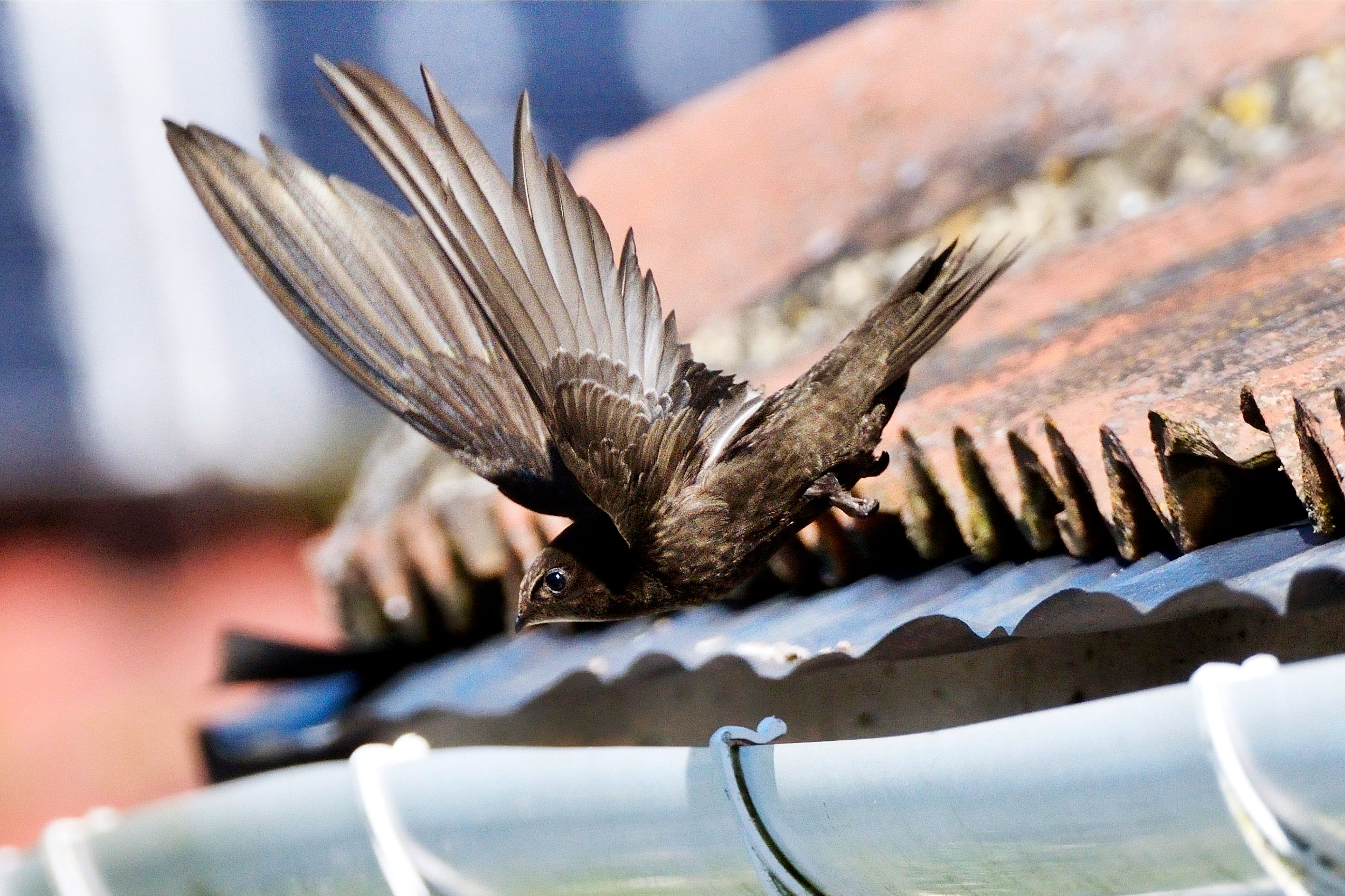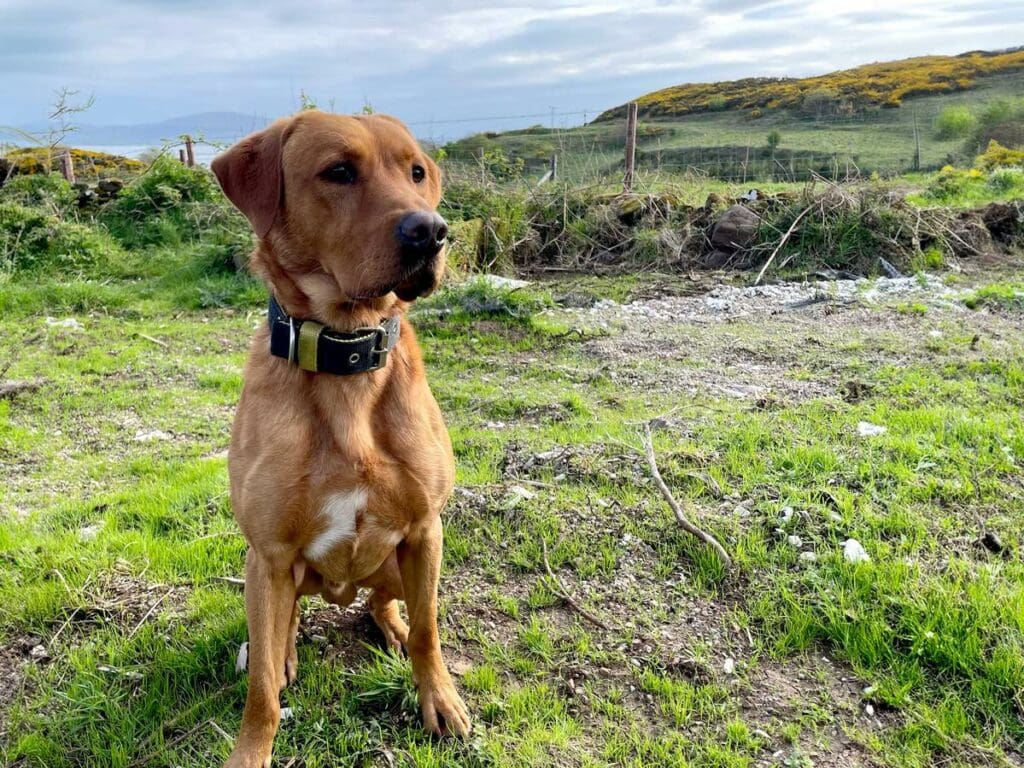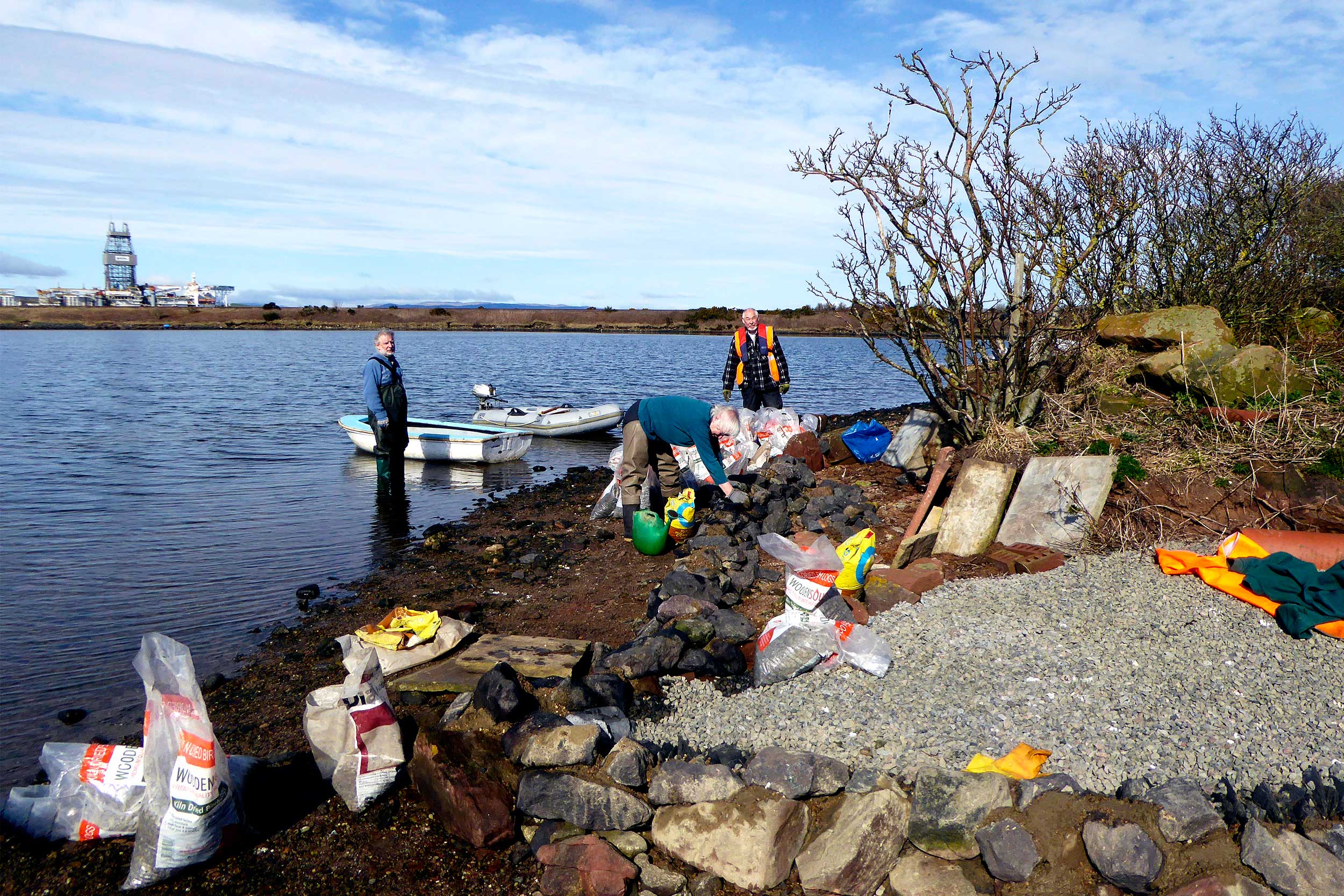But what can I do? It’s a question many of us retreat to with a touch of despair when bombarded with relentless news of wildlife declines, loss of precious wild habitat and deeply concerning data about climate change.
The 2023 State of Nature report, though brilliantly researched and vitally important, doesn’t lift the gloom. On average, across the UK, all species have declined by 19% since 1970, and 54% of flowering plants have decreased in number. It can all leave us feeling powerless when faced with this inexorable loss.
However, where there are people who care, there is hope. In the UK, hope is riding to the rescue in the form of dozens of community projects that empower individuals to work together to take action and make myriad positive, sustainable differences to the areas where they live and create space for wildlife. As studies increasingly show, making plans for – and having greater connection with – nature can have a meaningful impact on community and individuals, improving both physical and mental health.
£2.5 million
raised by groups to help nature, supported by the SOWI Community Fund
There are numerous examples of how to make a difference, and how we can all get involved, and the RSPB has been at the forefront of many of these, often working closely with other organisations.
One of the largest initiatives is new Nature Neighbourhoods where the RSPB has partnered with the National Trust and WWF. The scheme – boosted by £750,000 from The National Lottery Community Fund and £300,000 from Co-op – is designed to enable people to take action for nature in their local area.
Some 18 projects have been identified across Great Britain and Northern Ireland with the objective of, as Nature Neighbourhoods Manager Rory Crawford puts it, “creating more nature connections where people actually are”. So these are largely urban projects where, says Rory, the community’s needs are prioritised. Instead of imposing ideas and “aiming for perfection,” as with so many similar projects in the past, the key is “community buy-in” where “if you don’t involve the community at every stage, it is not a sustainable atmosphere”. And it’s not just nature – the project supports and amplifies cultural and heritage elements depending on the community’s needs.

The back of Maindee community centre in Newport, South Wales. Photo: Amy Evans
One of the partners in Nature Neighbourhoods is in Maindee in central Newport, South Wales – an area with rich cultural heritage, but exactly the type of place historically forgotten about by the powers that be when it comes to nature.
Kathy Barclay from community organisation Greening Maindee says, “When we discovered that Maindee has the least amount of green spaces in the whole of Newport we set about creating some for our community – not only for the people but for its nature too!” Because so much of the community has been involved on such a deep level, the impact is lasting and has transformed this formerly neglected urban area.
Another Nature Neighbourhoods partner is Granton Community Gardeners in Edinburgh, who have yielded inspiring results which have had a domino effect: as one garden has sprung up, neighbouring streets or blocks have joined in, spreading the re-greening effect. The charity says, “We want to think creatively about how best to make sure everyone in our area is well fed.” This extends to even growing their own wheat to make bread that is then sold in the local shop.

The Swifts over Macclesfield project is improving local nest sites for Swifts.
Enabling local action
Another important community initiative grew out of the BBC’s big 2023 series Wild Isles, which celebrated Britain’s biodiversity. The Save Our Wild Isles Community Fund – a partnership between the RSPB, WWF and Aviva – helped groups from across Britain not only work to boost local wildlife but also find greater community cohesion through uniting people from diverse backgrounds and different generations and abilities in shared projects to benefit nature.
From the mountains and valleys of the Brecon Beacons to the more urban landscape of Belgrave Community Garden, the results have been impressive and far-reaching. Kat Machin, Head of Community Engagement at WWF UK, says: “The Save Our Wild Isles Community Fund has been a true celebration of community resilience, action and spirit, and has shown us the crucial role that grassroots conservation plays in helping to restore nature here in the UK.
“Not only did community groups raise an incredible £2.5m to help bring nature back to life, but of those who took part, 70% now feel more connected to nature, over 80% feel more involved in their community and nearly everyone (97%) feels their work will continue.”

The SOWI Community Fund supported Bristol’s Young Green Influencers group to create green spaces. Photo: Rachel Palmer
Collective change
Alongside these big flagship initiatives, there are many opportunities for anyone to get involved in community action to improve local biodiversity and not feel so alone in the face of the various environmental crises. RSPB Local Groups exist across the four nations and bring people together to work on specific projects.
Alasdair McKee, Local Group Development Officer for the North and Northern Ireland, explains how Swifts have been the focus of many local groups across the country. In Antrim, Edinburgh, Lancaster and Carlisle, groups have been surveying Swift numbers and putting up nest boxes to help raise awareness of this charismatic but increasingly rare migrant bird and boost breeding success.

Swift leaving its nest site. Swifts are in decline due to nest sites like this being blocked up. Photo: Nick Upton (rspb-images.com)
Elsewhere, Michelle Barrett, Local Groups Development Officer for Central England, highlights how Worcester and Malvern Local Group has done “amazing work rewilding communal green areas and creating new habitat”.
Again, the key focus with RSPB Local Groups has been reaching diverse urban areas where there is a hunger to make a difference for wildlife, improve the community and have the chance to make friends.
For the larger organisations such as the RSPB, the power of a community project is in letting the community decide for itself how best to make things work rather than a traditional top-down approach with the message ‘this is what’s good for you’. From this comes the ownership and energy to sustain the projects and, in time, grow the number of people who care about nature and take action to save it.
For individuals and communities, the benefits are manifold: finding friends, working together to make things better for people and for wildlife and, in the process, improving your own physical and mental health. This is hope at work.
So if we ever ask ourselves: “But what can I do?” – perhaps the answer lies in joining a local group, tackling community challenges together and making friends along the way.
Watch how community group, Stump up for Trees, began and how they’re working towards planting 1 million trees in the Brecon Beacons (Bannau Brycheiniog). Video credit: Save Our Wild Isles. ©WWF, RSPB and National Trust


Simple and effective ways to help
- Don’t over-tidy. Leaving areas of long grass and scrub offers fantastic habitat and creates the building blocks of the food chain – plant and insect food – for the more charismatic birds.
- Plant community gardens. Where gardens are at a premium, community spaces to grow vegetables, flowers and herbs offer
a wonderful creative outlet for those who don’t have the space. - Plan wellbeing walks. Walking and talking together is a great way to explore, spot wildlife and connect. Walking has been shown to be
one of the best activities for helping people talk about their problems. - Make your local area more accessible. Almost 20% of the population has some form of physical disability. Accessible paths and gates
through green areas opens the landscape up to more of the community. - Join an RSPB Local Group. Dozens of local groups across the UK are welcoming new members.

A group of birders inspecting a bush. Photo: Patrick Cashman (rspb-images.com)
You might also like

More canine conservationists

Celebrating amazing volunteers



